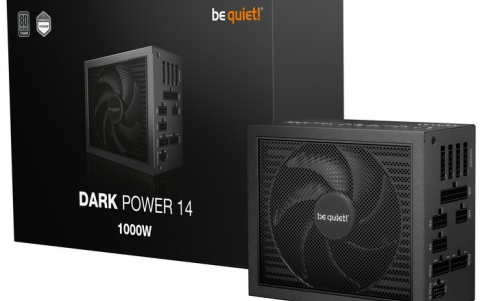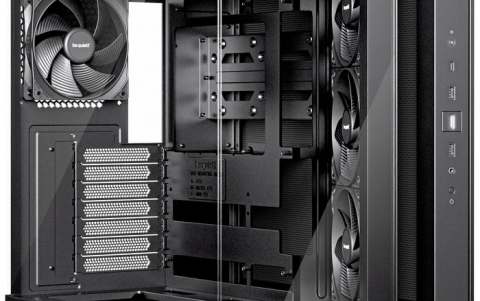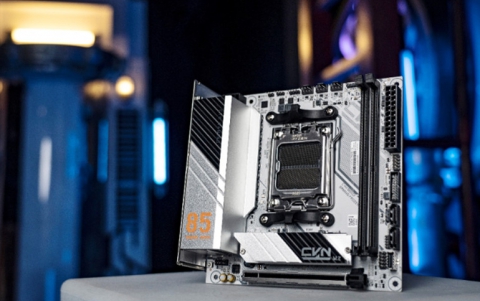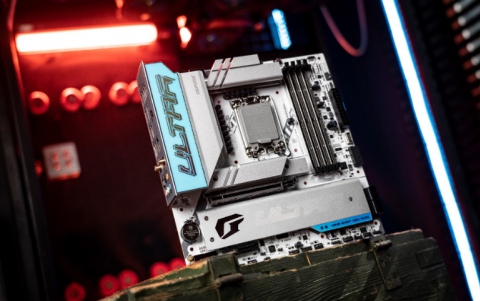Ahead NeroMix Software
2. Playlist Tool-Icons - Conclusion
Review Pages
2. Playlist Tool-Icons - Conclusion
3. Introduction
4. Creating MP3/TwinVQ audio files
NeroMIX - Page 2
by Costas Sgantzos
-Creating MP3 audio files:

The second (or should we say the most important) option on the list, is a procedure that all of us have completed at least once in our lives. Programs like Audiograbber or Audiocatalyst or [...put your favorite MP3 encoder program here...] have been extensively used from all of us to transform our old Vinyls (or even our brand new cds) to a more "usable" format. Once choosed, and after pressing the "Options" button a new window reveals:
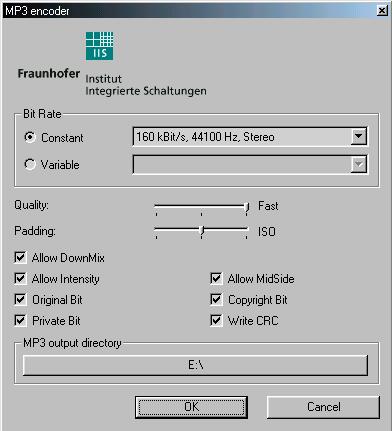
Ah, a well-known logo on the top left corner. Fraunhofer's Engine inside means a lot to those who know what quality means. We didn't confirm it from Ahead, but we believe that the NeroMIX uses the FastEnc engine. We believe so, because a 3:55" (44.1KHz / 16bit .WAV track / 41,550,418 bytes) took just 14" to be encoded at a constant 160kbit/s bitrate, (44100Hz, Stereo) MP3 file reducing down it to 4,712,095 bytes. Our test machine was a P-III, 866 MHz, 128Mb RAM, Western Digital 20Gb, ATA-100 HD. Just like with the previous test NeroMIX can transform to MP3 all the supported formats it has into it's playlist (and also pretty fast!).
- Creating TwinVQ audio files
These files are also known as VQF files. This format tends to be a rather good alternative to the MP3 format, because it produces about the 1/2 to 1/3 size of a 128kbit/s 44,1 KHz /16bit MP3 file with very similar quality when the High Quality VQF Encoding is used. It's recommended for file sharing through email etc, while it's not recommended for High Quality (studio-like) archive keeping, where MP3s at >192 kbps can be used.

It took us quite long (3:24") to encode the same WAV file that we used in the previous MP3 transformation (3:55" long, 44.1KHz / 16bit WAV / 41,550,418 bytes) which produced a 2,827,264 bytes VQF file of an acceptable quality (similar to an 128kbit/s MP3 file).
Review Pages
2. Playlist Tool-Icons - Conclusion
3. Introduction
4. Creating MP3/TwinVQ audio files



